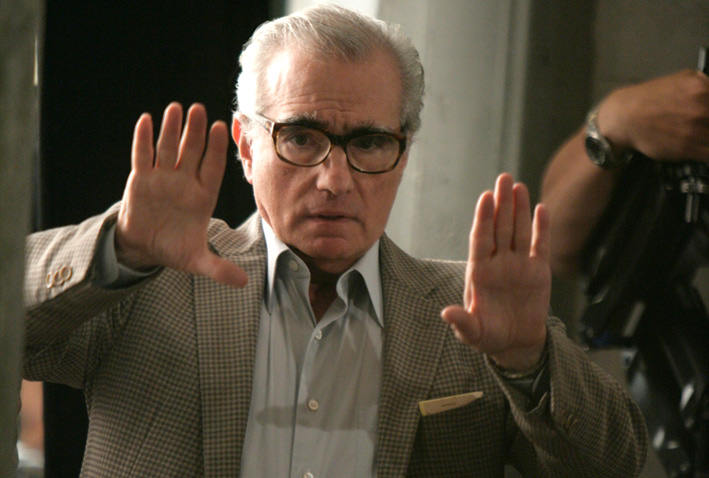In a time filled with uncertainty and rapid change, it’s essential to think critically about the world as well as understand the past. Martin Scorsese’s Portraits of America: Democracy on Film curriculum presents film not just as entertainment, but as an educational tool. Scorsese explains, “We all need to make sense of what we’re seeing. For young people born into this world now, it’s absolutely crucial that they get guided”.
Note: All linked films are available through the American University Library Media Collection.
Module 1: The Immigrant Experience
The Immigrant Experience module in Democracy on Film focuses on how movies tell the stories of people coming to America, chasing their dreams, and the struggles of assimilation into American culture. It explores themes of identity, belonging, and what it truly means to be “American”.
Films in this module:
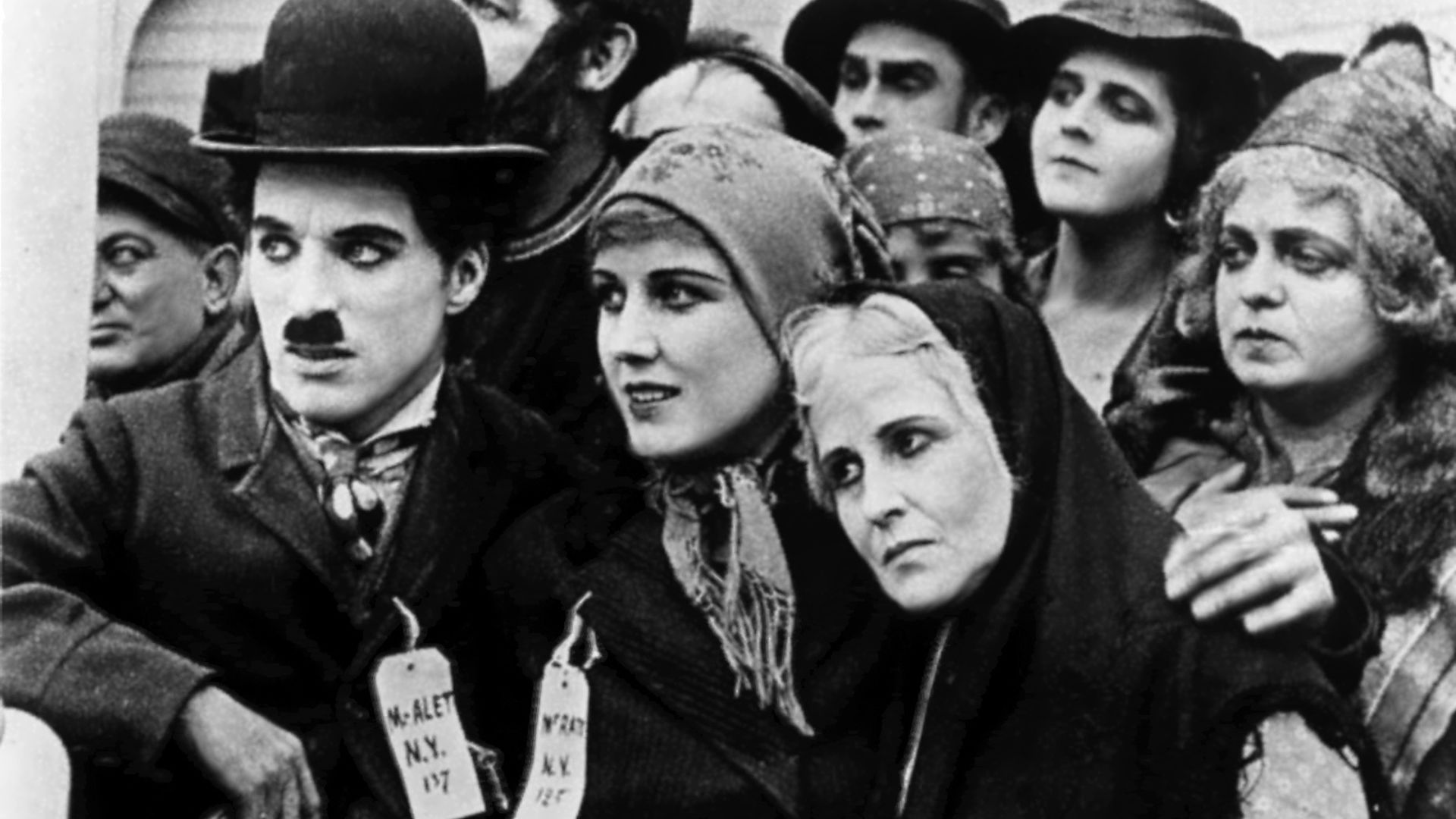
Chapter 1: “The Immigrant” (1917)
Charlie Chaplin plays a hopeful immigrant navigating hardships upon arriving in America.
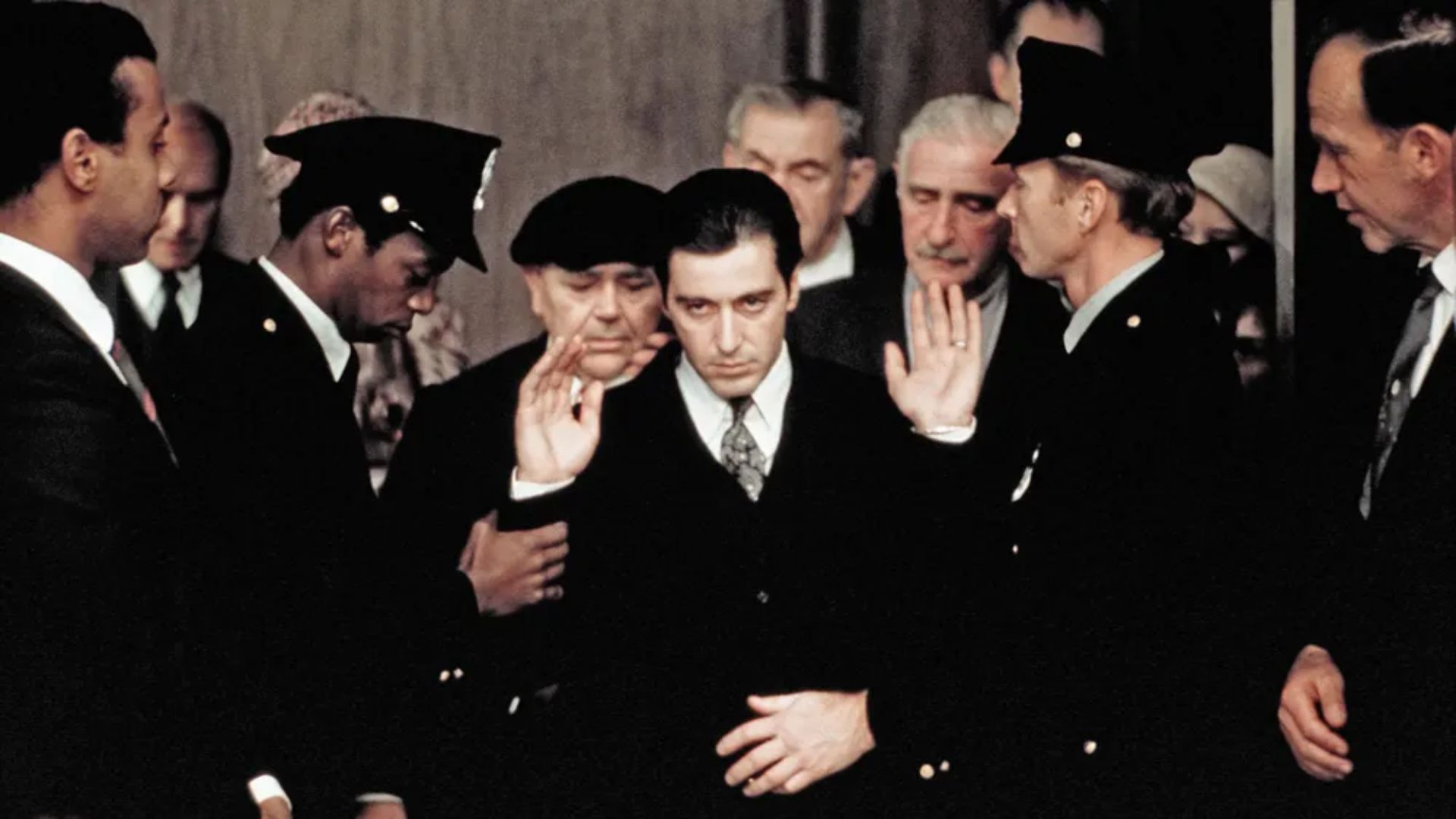
Chapter 2: “The Godfather, Part II” (1974)
A crime saga detailing the rise of the Corleone family in America.
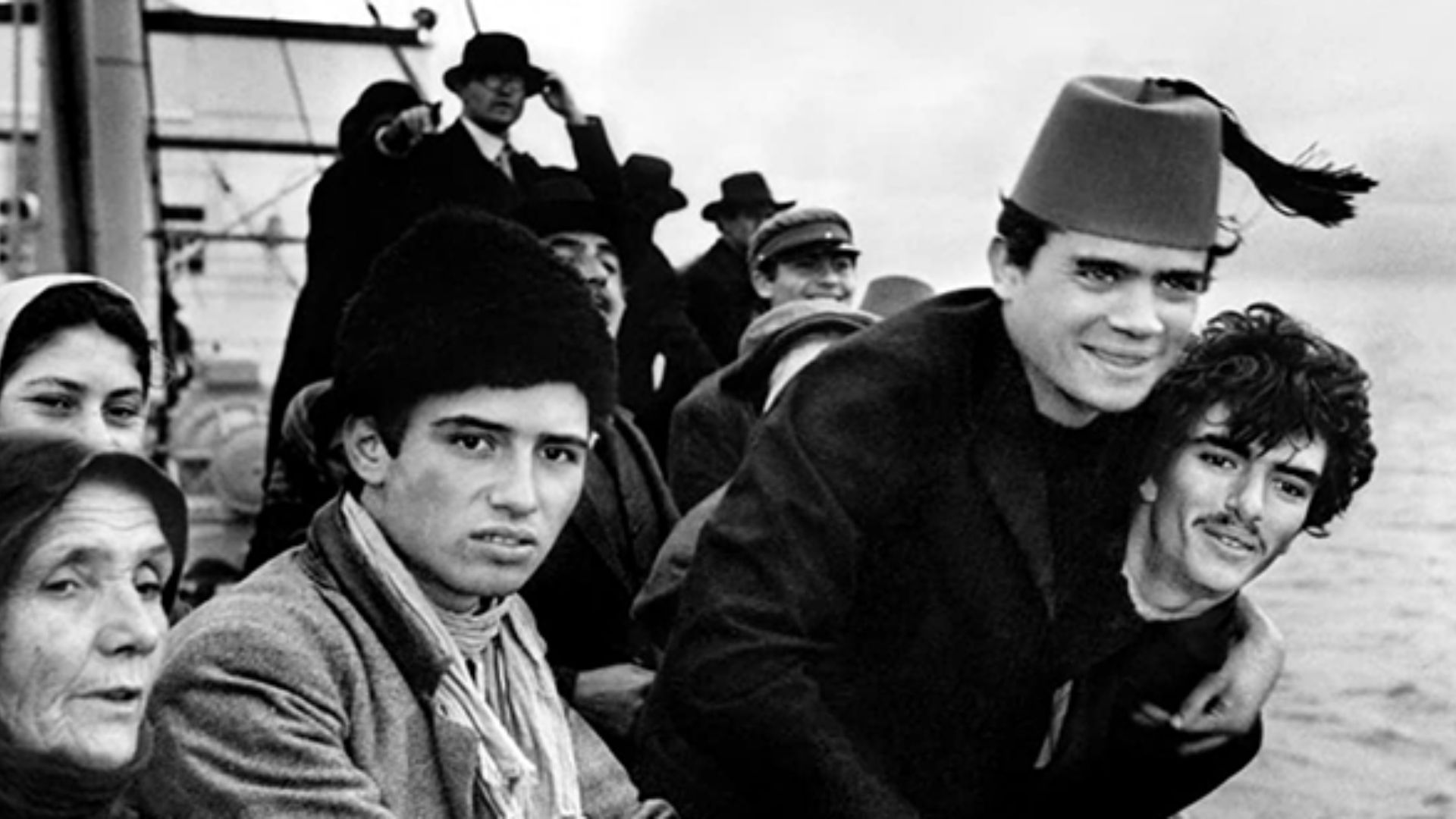
Chapter 3: “America, America” (1963)
A young Greek immigrant fights against oppression and poverty to attain the American dream.
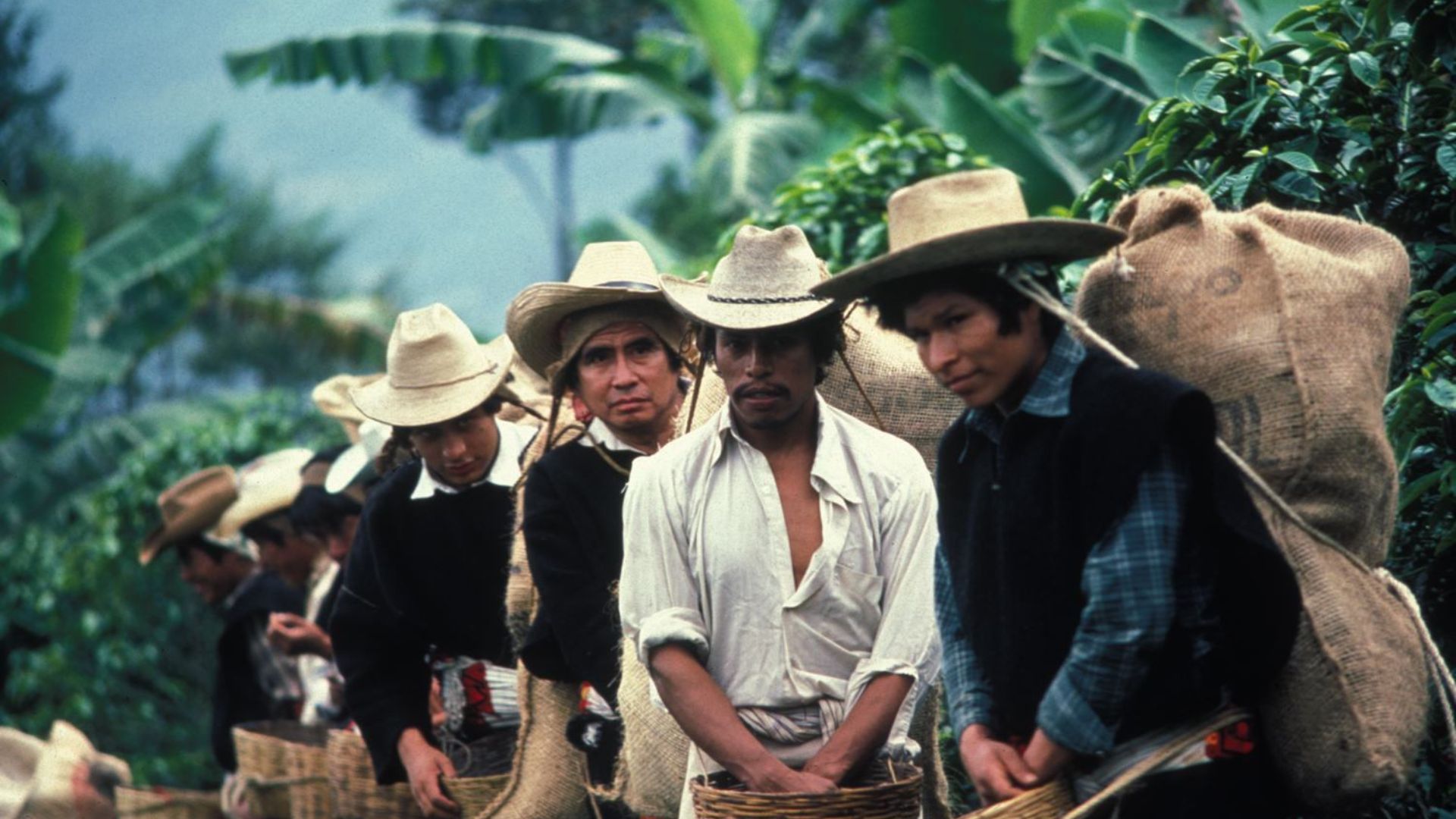
Chapter 4: “El Norte” (1983)
Two Guatemalan siblings flee violence and journey to the U.S. seeking a better life.
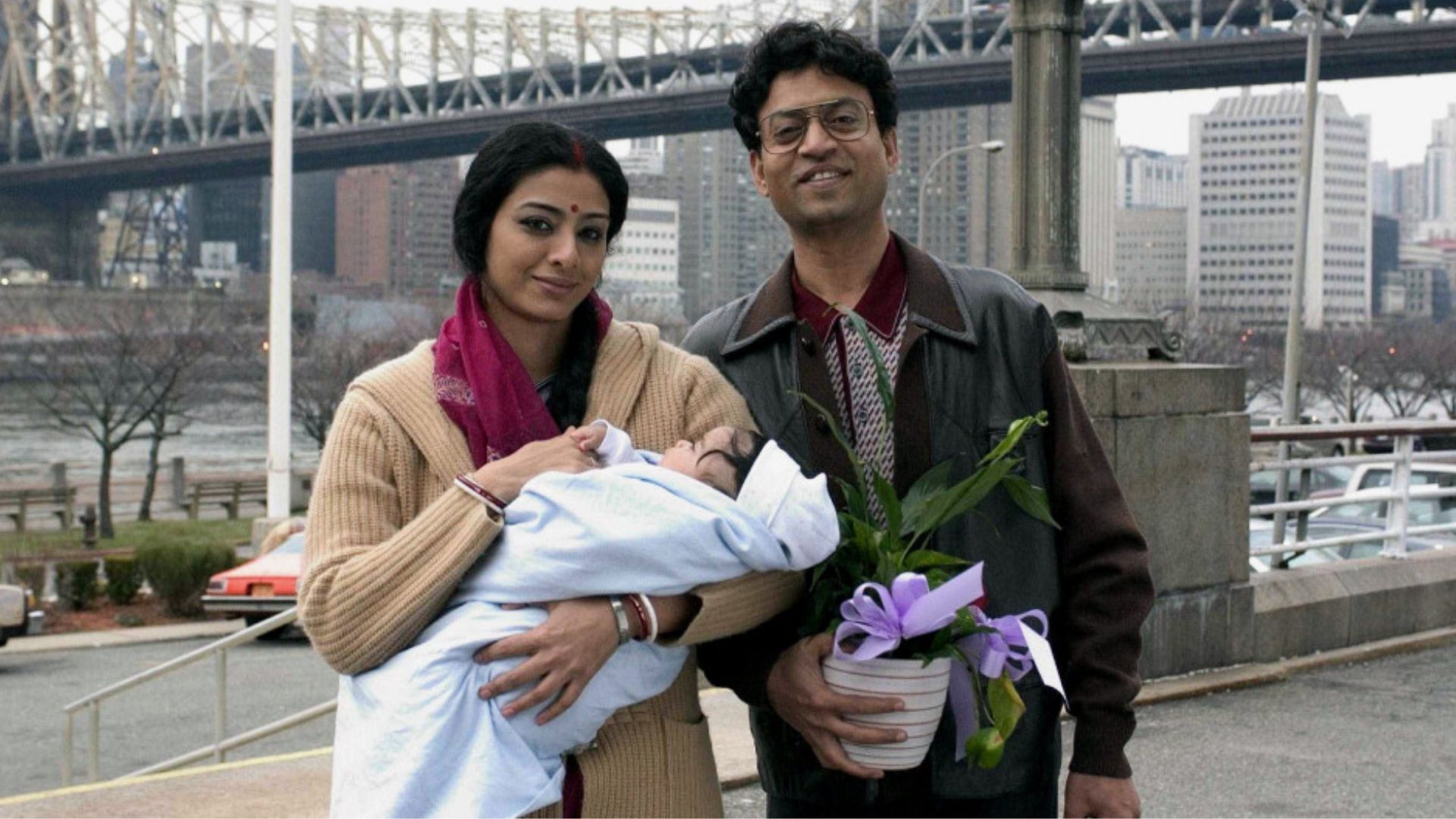
Chapter 5: “The Namesake” (2006)
A Bengali family grapples with cultural identity and generational change in America.
Module 2: The American Laborer
The American Laborer module explores how film has shown the lives of working-class people, including their struggles, strength, and their fights for justice. It highlights how workers have shaped democracy by standing up for their rights and pushing for a more just society.
Films in this module:
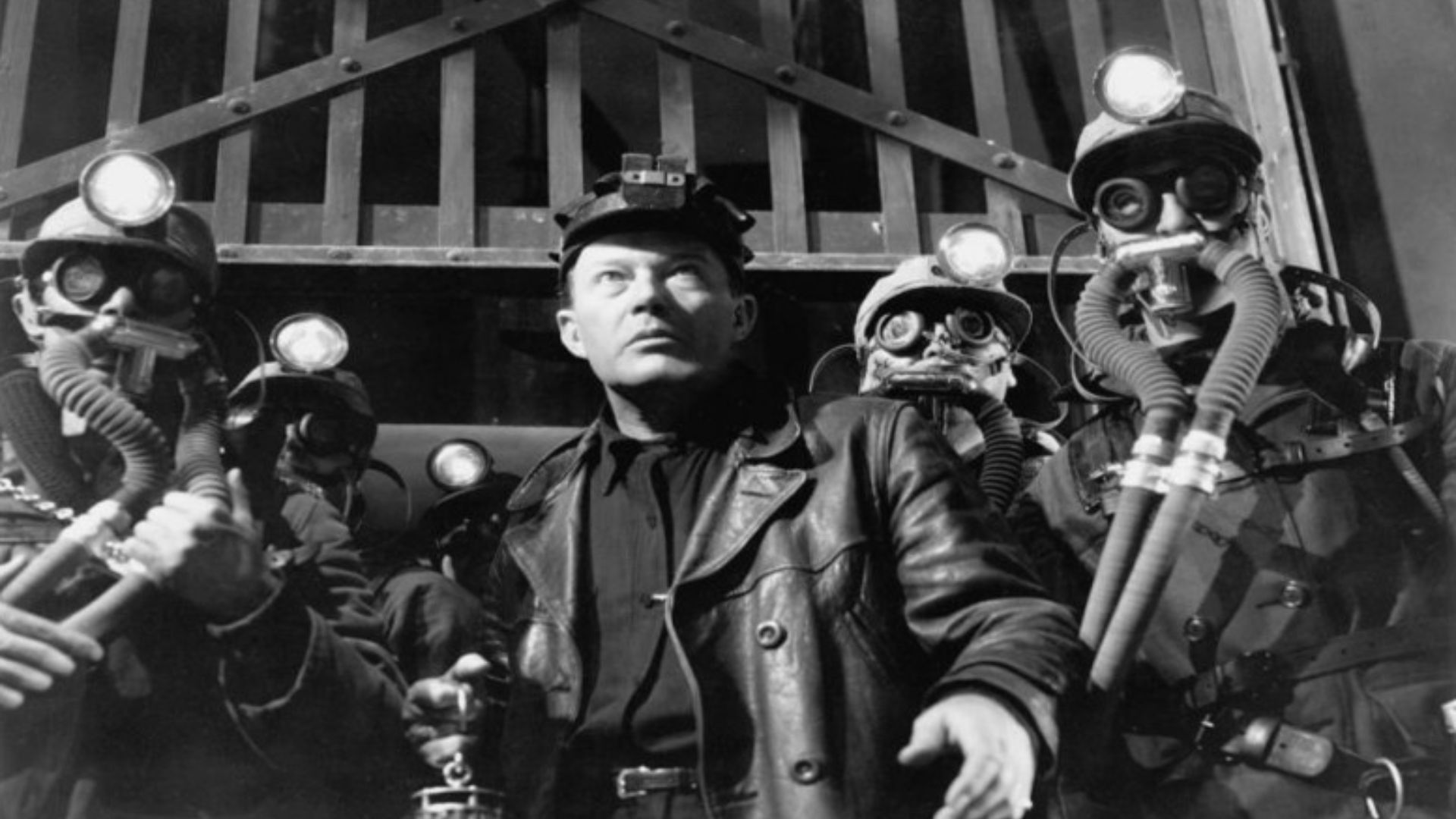
Chapter 1: “Black Fury” (1935)
An immigrant coal miner finds himself in the middle of a labor dispute between the workers and the mine owners.
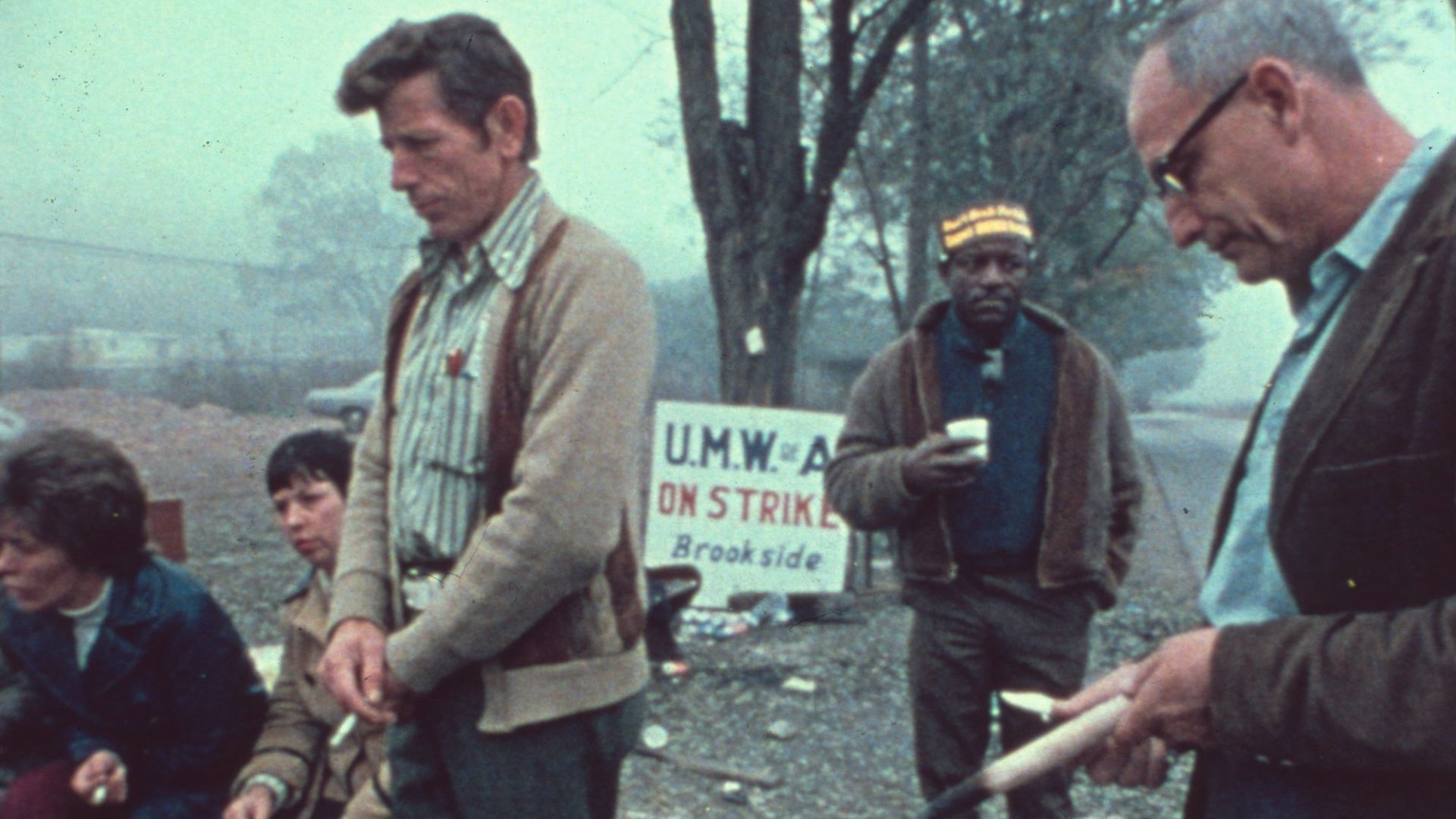
Chapter 2: “Harlan County U.S.A.” (1976)
A documentary capturing a Kentucky coal miners’ strike and the fight for union rights.
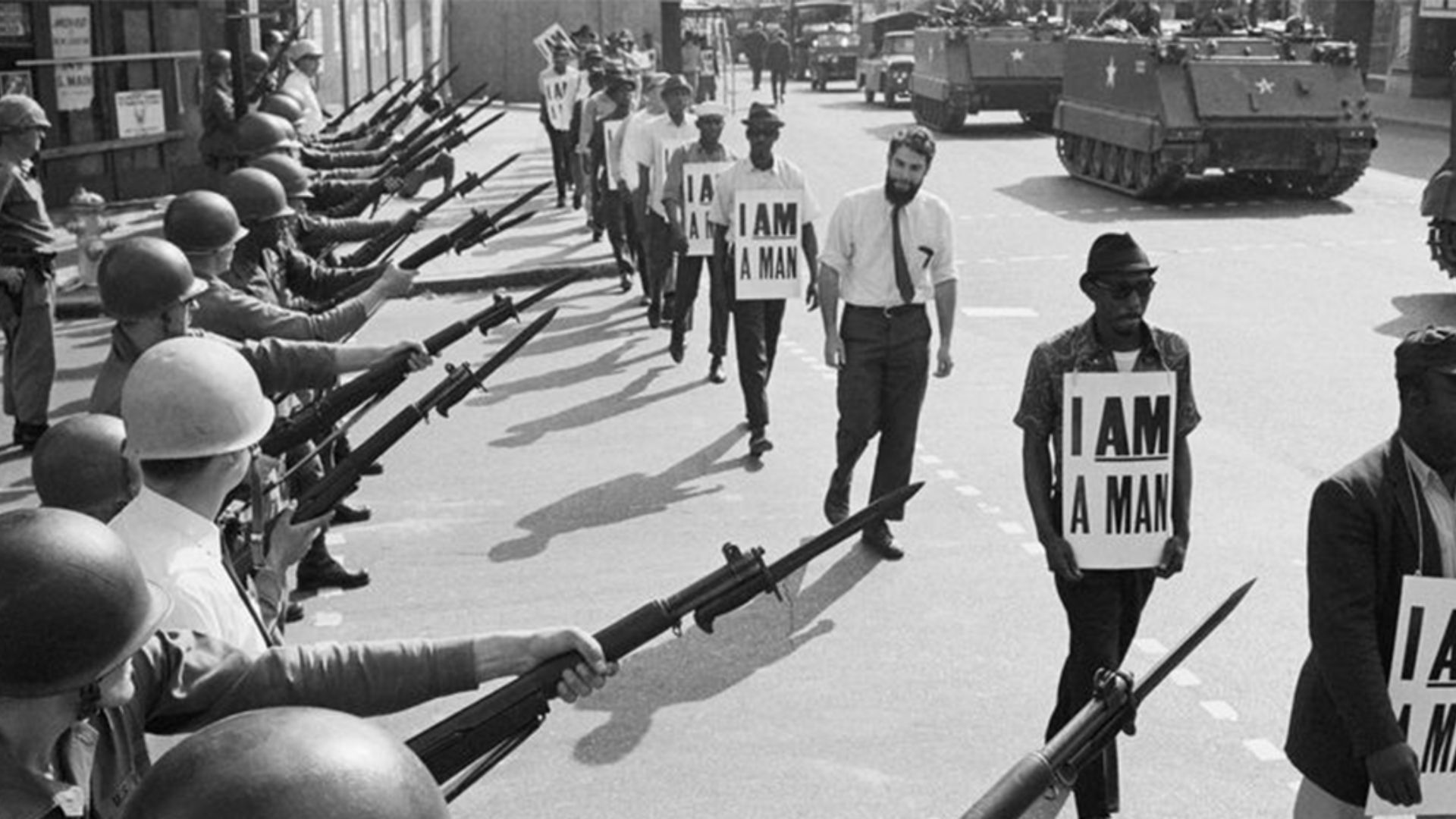
Chapter 3: “At the River I Stand” (1993)
Chronicles the 1968 Memphis sanitation workers’ strike and Dr. King’s involvement.
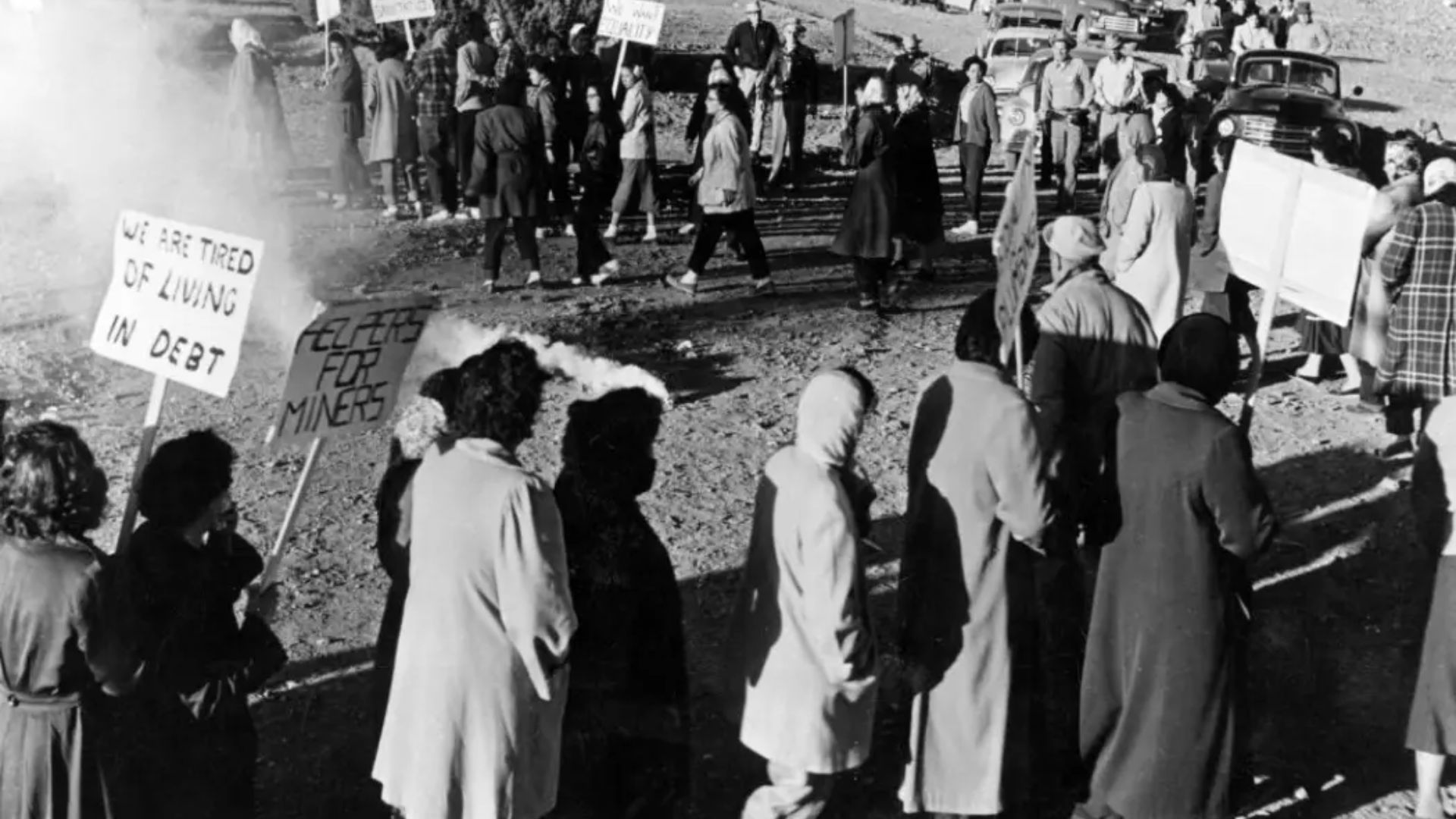
Chapter 4: “Salt of the Earth” (1954)
Mexican workers at a zinc mine call a strike, with the help of the women in their community.
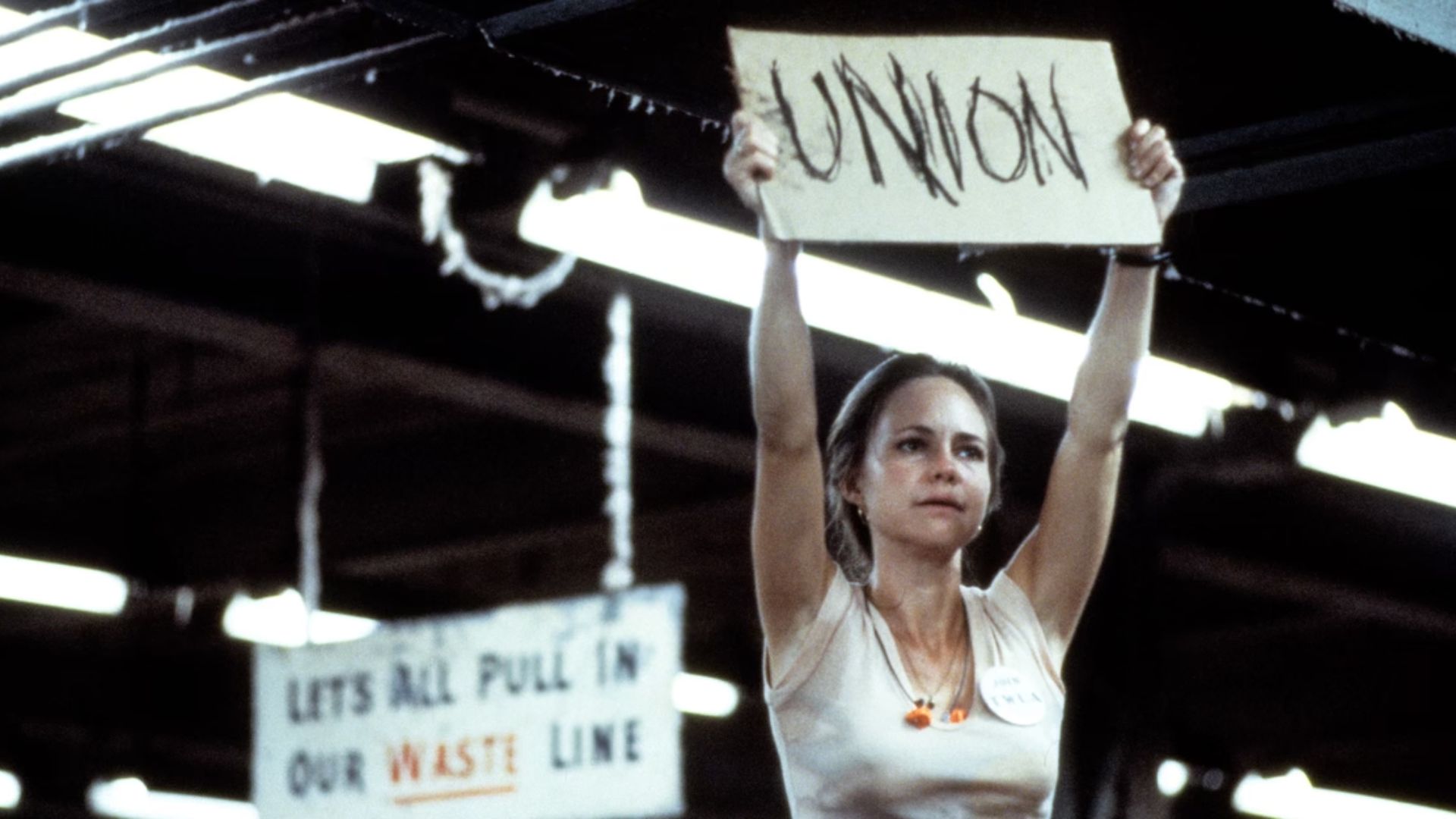
Chapter 5: “Norma Rae” (1979)
A Southern textile worker becomes a voice for unionization in her factory.
Module 3: Civil Rights
The third module in Scorsese’s curriculum looks at films that have captures the continuous fight for equality across race, gender, and sexuality, and those in particular that have challenged and fought against our discriminatory systems. These films reveal how the fight for civil rights has shaped and continues to shape the nation’s democratic values.
Films in this module:
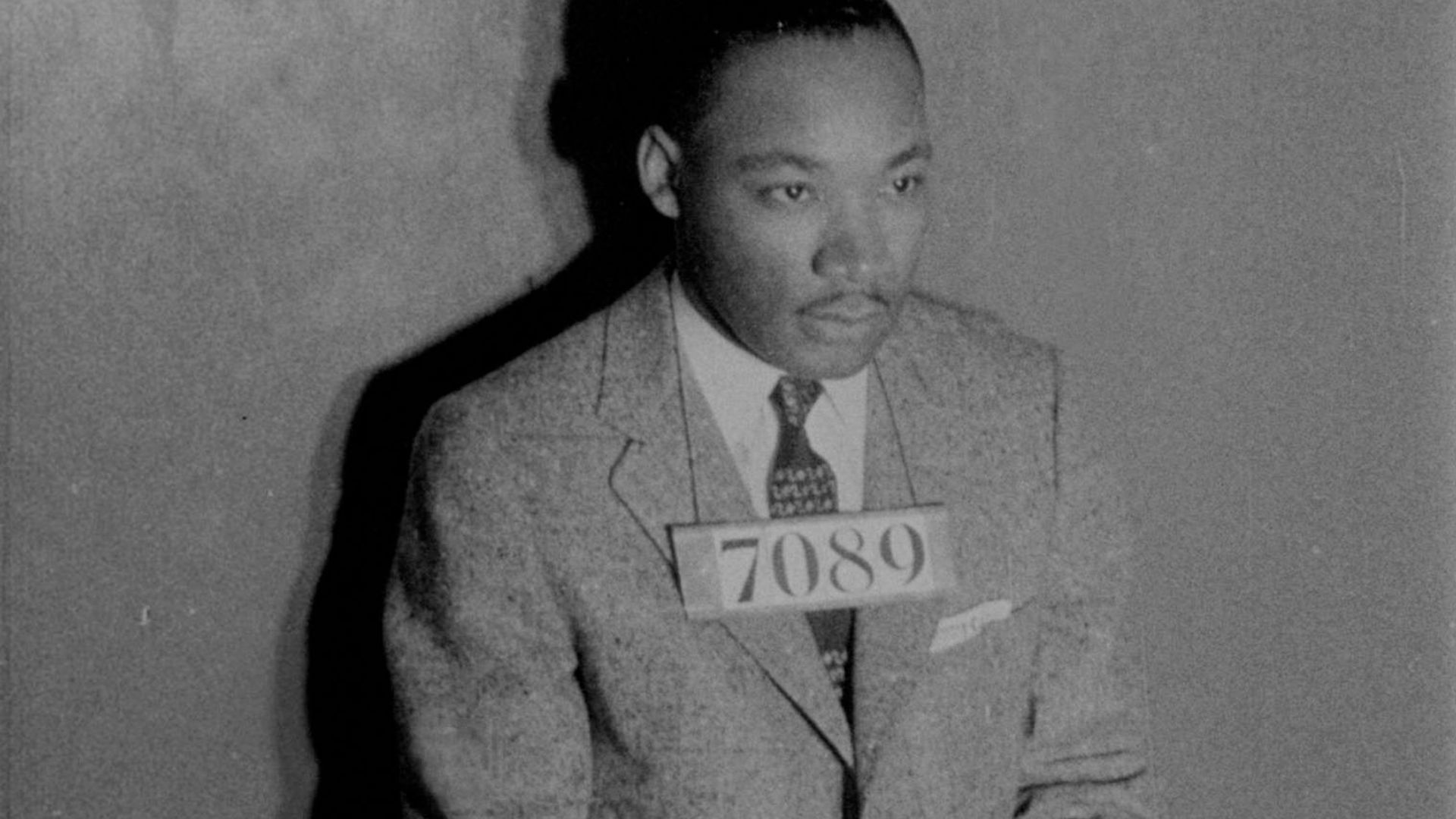
Chapter 1: King: A Filmed Record…Montgomery to Memphis (1970)
Follows Dr. Martin Luther King Jr.’s leadership in the civil rights movement.
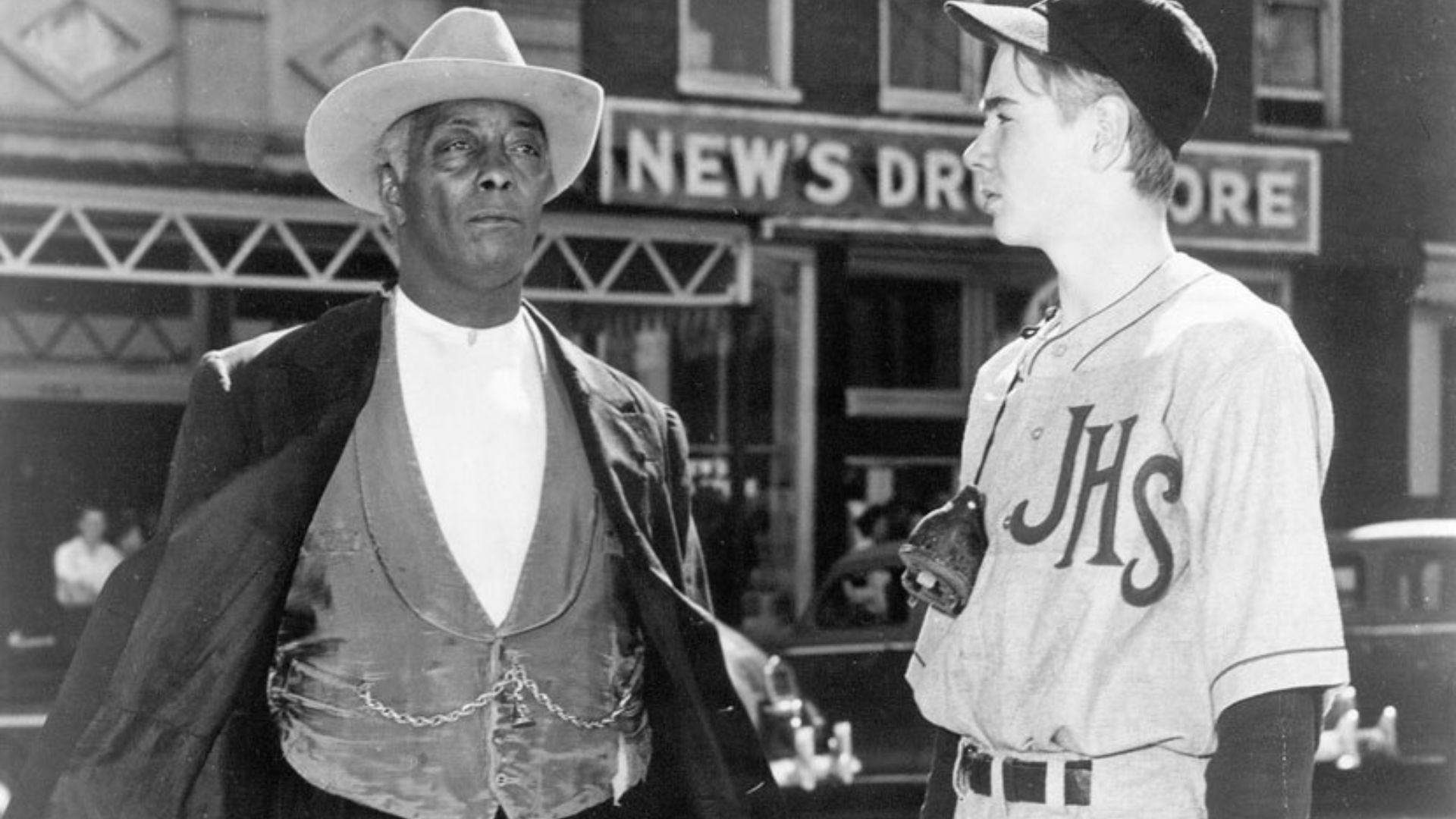
Chapter 2: “Intruder in the Dust” (1949)
A Black man falsely accused of murder in the segregated South faces a quest for justice.
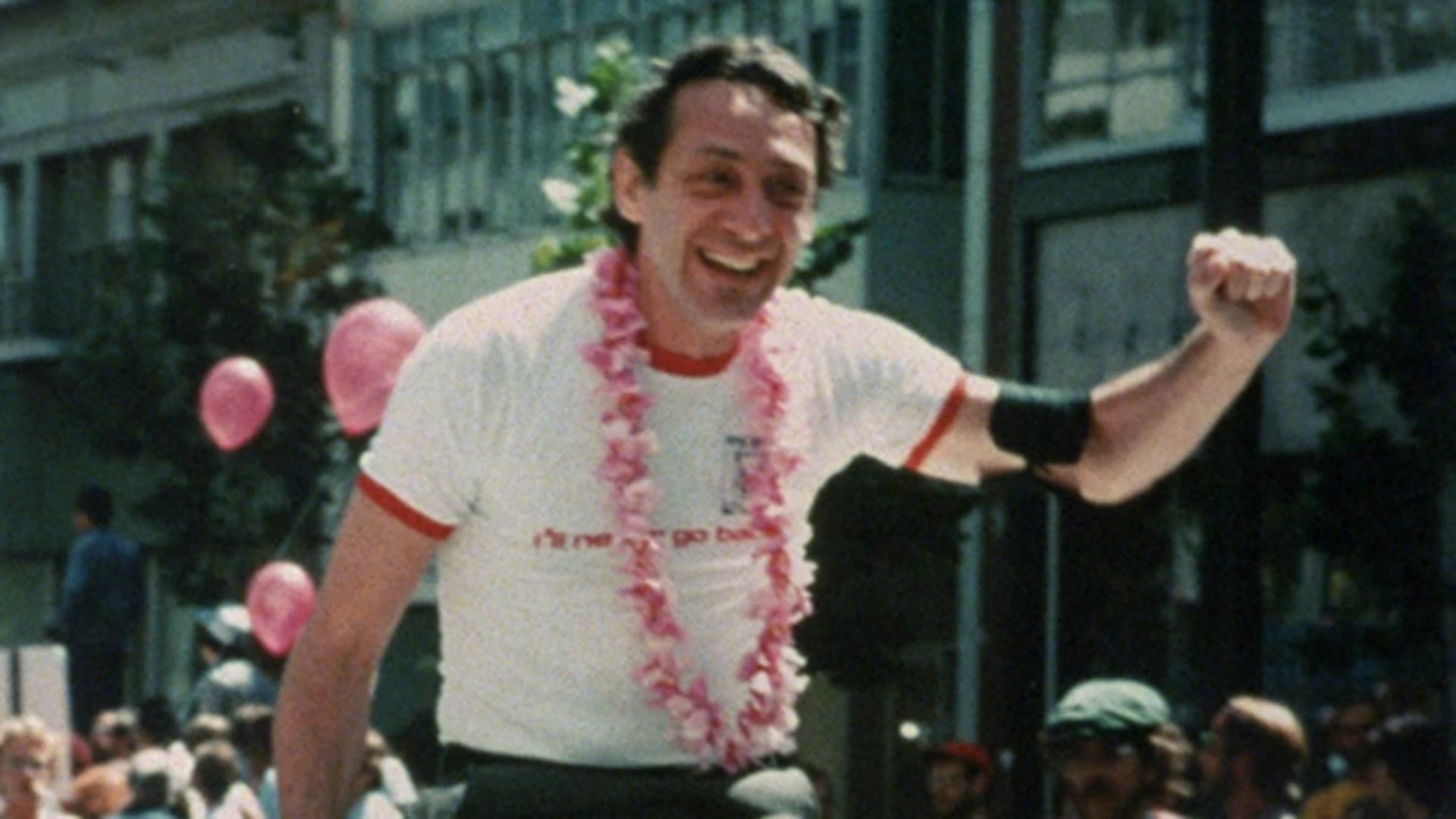
Chapter 3: “The Times of Harvey Milk” (1984)
A documentary on the life, impact, and assassination of pioneering gay rights leader and politician Harvey Milk.
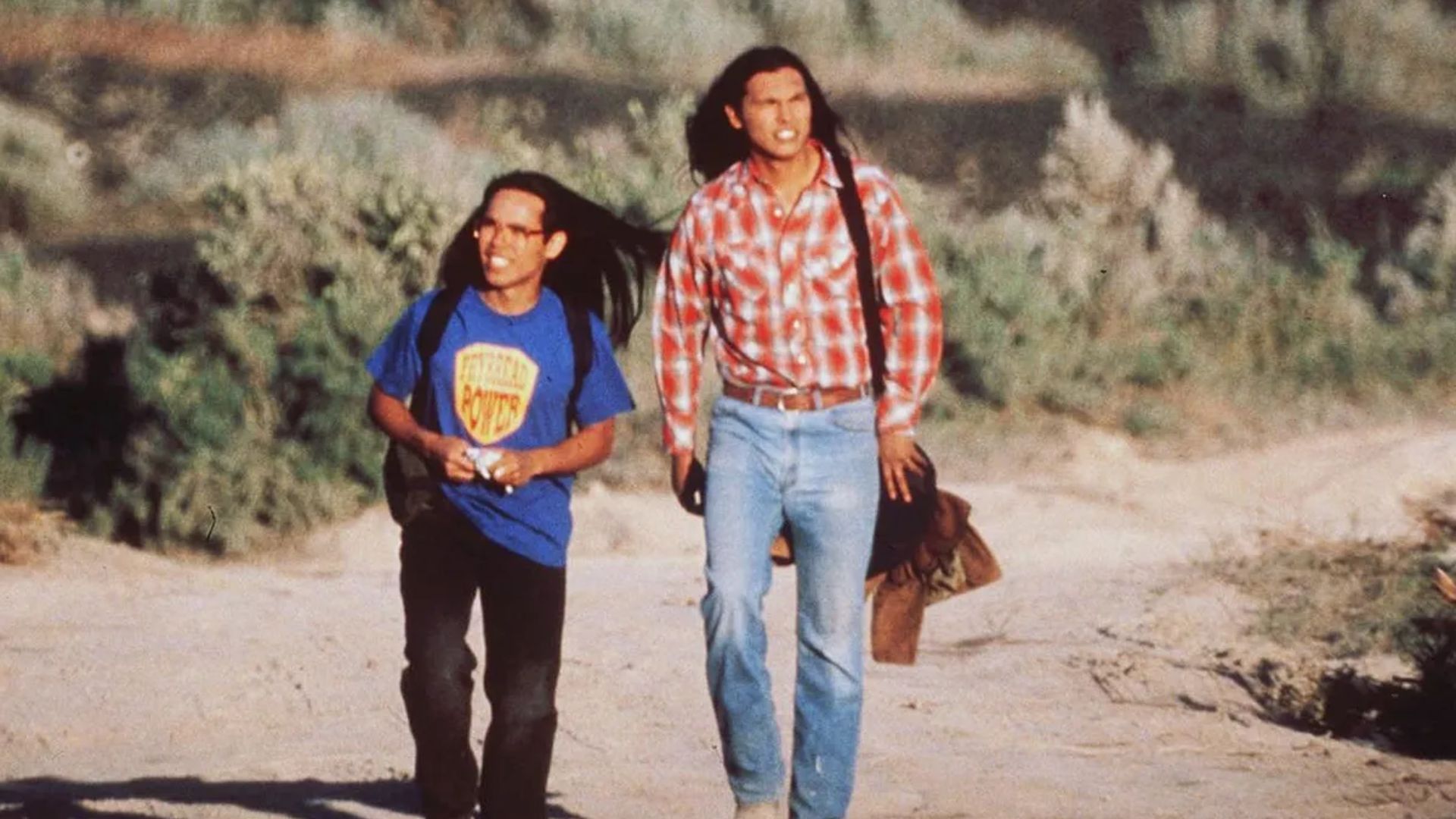
Chapter 4: “Smoke Signals” (1998)
A heartfelt road trip explores Native American identity, memory, and forgiveness.
Module 4: The American Woman
The American Woman module explores how film has reflected and resisted cultural ideals about womanhood and the power of gender in our society. From early female directors to complex female protagonists, these stories show how women have reshaped their roles in society and democracy.
Films in this module:
Chapter 1: Through a Woman’s Lens: Directors Lois Weber and Dorothy Arzner

Part 1: “Suspense” (1913)
A woman left home alone protects herself and her child in this thriller with split-screen editing.

Part 2: “Where Are My Children” (1916)
A doctor confronts society’s views on birth control, abortion, and morality.

Part 3: “Dance, Girl, Dance” (1940)
After becoming unemployed, two dancers choose different paths and fight for their place in the spotlight.

Chapter 2: “Imitation of Life” (1934)
A drama about a struggling widow and her daugher starting a business with a Black housekeeper and her daughter.

Chapter 3: “Woman of the Year” (1942)
A journalist marries a sportswriter after overcoming their differences but begin to resent each other because of them.

Chapter 4: “Alien” (1979)
A sci-fi horror in which a lone woman battles a deadly extraterrestrial aboard a spaceship.

Chapter 5: “The Age of Innocence” (1993)
A young lawyer falls in love with a woman while he is engaged to her cousin.
Module 5: Politicians and Demagogues
Module 5 focuses on the way that films have portrayed political power, including both films with leaders who try to serve the public earnestly and those who manipulate the public for their own personal gain. The module delves into the thin line between the two and how the abuse of power can undermine democracy.
Films in this module:

Chapter 1: “Gabriel Over the White House” (1933)
A previously well-liked president-elect becomes a dictator after healing from a car accident.

Chapter 2: “A Lion is in the Streets” (1953)
A populist Southern demagogue rises to power with dangerous charisma.

Chapter 3: “Advise and Consent” (1962)
A political drama about the search for a new Secretary of State.

Chapter 4: “A Face in the Crowd” (1957)
A radio journalist unexpectedly turns drifter Larry “Lonesome” Rhodes into a popular singer, though he struggles with his own arrogance on his journey to stardom.
Module 6: Soldiers and Patriots
Soldiers and Patriots includes films that portray the experiences of soldiers and the complex idea of patriotism. They shed light on the personal sacrifices and moral struggles faced by those who serve, showing stories of individual heroism and the larger narrative of national identity shaped by war.
Films in this module:

Chapter 1: “Sergeant York” (1941)
A former pacifist is drafted in World War I, becoming a celebrated war hero.

Chapter 2: “Private Snafu’s Private War—three Snafu Shorts from WWII” (1943 – 1946)
Animated military cartoons featuring Private Snafu, a frequently misbehaving soldier.

Chapter 3: “Three Came Home” (1950)
A married couple must learn how to live without each other after being separated into different Japanese prison camps.

Chapter 4: “Glory” (1989)
The first all-Black Union regiment fights the Confederacy in the Civil War.

Chapter 5: “Saving Private Ryan” (1998)
One military squad risks everything to rescue a single soldier during D-Day.
Module 7: The Press
This module examines the powerful role of the press in shaping democracy, from exposing corruption in our systems to influencing public opinion. It looks at how the press can both hold power accountable and sometimes manipulate the truth for its own gain.
Films in this module:

Chapter 1: “Meet John Doe” (1941)
A social movement spirals from one reporter’s fake story about a non-existent man.

Chapter 2: “All the President’s Men” (1976)
Two “Washington Post” journalists uncover the Watergate scandal through relentless investigation.

Chapter 3: “Good Night, and Good Luck” (2005)
Broadcast journalist Edward R. Murrow confronts McCarthyism on live TV.

Chapter 4: “An Inconvenient Truth” (2006)
Al Gore presents the science and urgency of global climate change.

Chapter 5: “Ace in the Hole” (1951)
A cynical reporter exploits a tragedy involving a man stuck in a cave in order to revive his career, revealing media’s dark side.
Module 8: The Auteurs
In the final module in his curriculum, Scorsese spotlights directors who’ve used their unique styles to shape the American film industry. Including films by Chaplin, Ford, Welles, Minnelli, and even Scorsese himself, these are stories that have reflected, challenged, and defined American culture and democracy.
Films in this module:

Chapter 1: “Modern Times” (1936)
A factory worker struggles to survive the dehumanizing effects of modern industrial life.

Chapter 2: “The Grapes of Wrath” (1940)
An Oklahoma family migrates west to escape the poverty and hopelessness of the Dust Bowl during the Great Depression.

Chapter 3: “Citizen Kane” (1941)
A reporter is sent to investigate the meaning of publishing tycoon Charles Foster Kane’s last words, but discovers much more along the way.

Chapter 4: “An American in Paris” (1951)
An ex-GI painter in Paris is torn between a wealthy admirer and the woman he truly loves.

Chapter 5: “The Aviator” (2004)
A biopic of Howard Hughes’ rise in film and aviation, shadowed by obsession and mental decline.

